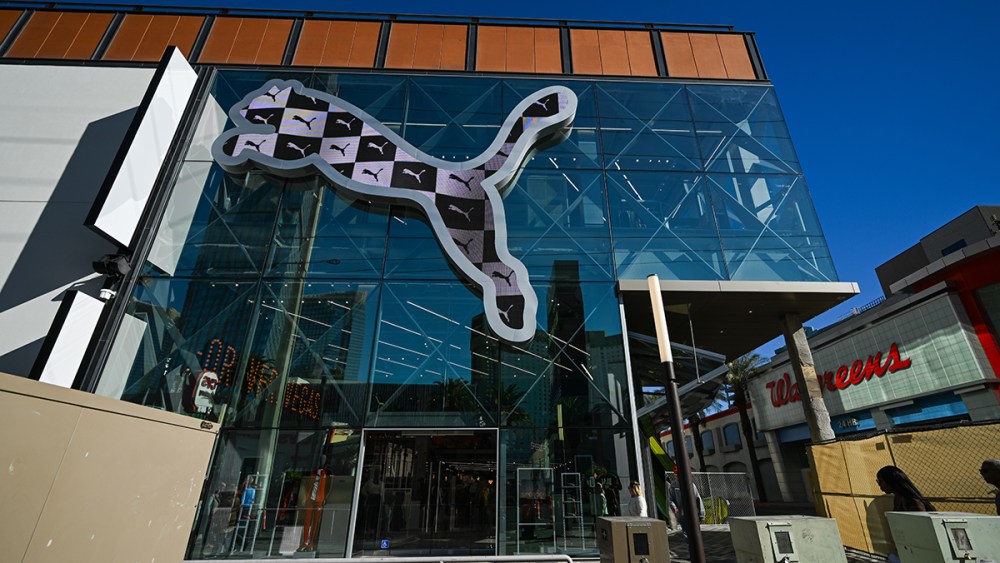Shares of Puma SE soared nearly 15 percent by end of day trading on Monday after a new report speculated that Artémis, the Pinault family’s holding company, could potentially sell its stake in the German sports brand.
According to a new story by Bloomberg, unnamed sources close to the deal stated that the billionaire family behind Kering Group is “working with advisers” to potentially sell its 29 percent stake in Puma through Artémis. (The stake is worth roughly 800 million euros.)
The Pinault family has reached out to potential bidders including Anta Sports Products and Li Ning, sportswear firms in the U.S. and sovereign wealth funds in the Middle East, according to Bloomberg.
You May Also Like
When reached by FN, a spokesperson for Puma declined to comment. Artémis did not immediately reply to a request for comment.
This news comes after Puma released preliminary second-quarter results in July that were below expectations. In Q2 2025, Puma sales fell by 2 percent, in currency adjusted terms, to 1.94 billion euros.
At the time of the earnings release last month, Puma also made deep cuts to its guidance for the rest of the year. The German brand now expects sales to drop by low-double digits over the whole year and also issued a profit warning. Previously the company had been much more upbeat, predicting low growth and a positive EBIT — earnings before income and taxes — of somewhere between 445 million and 525 million euros. Now it expects a loss.
But the company is making strides in turning things around.
In April, Puma SE chief executive officer Arne Freundt stepped down from his role, with the company citing “differing views on strategy execution” as for why he left the brand.
Freundt was replaced by Adidas veteran Arthur Hoeld, who took on the role as chairman and CEO on July 1.
In January, Puma implemented a cost savings plan after reporting lower than expected fourth-quarter sales and a drop in annual profit in its latest preliminary results. Dubbed “nextlevel,” Freundt described the initiative at the time as a comprehensive efficiency program targeting cost optimization and operational improvements.


